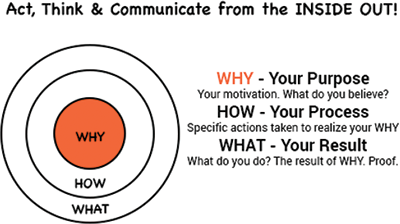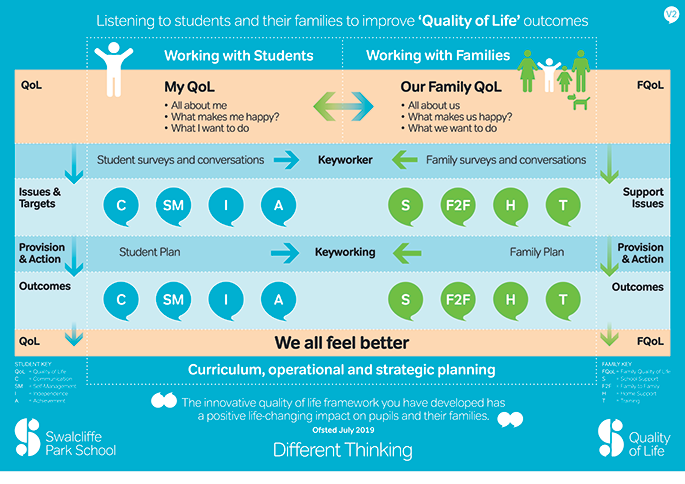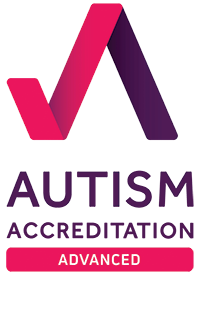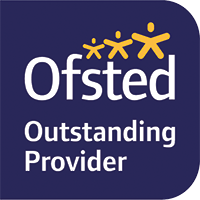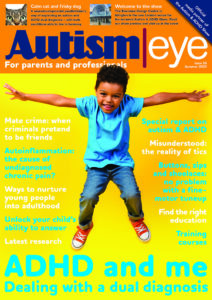Well now, the question of who decides what success looks like is a big one to be asking… but it’s an important one for us to make sure we have our priorities right.
Luckily, there are some wise thinkers to help us answer the question: who decides what success looks like?
Starting with the ‘why’
Let’s start with Simon Sinek and his excellent Ted Talk, ‘The Golden Circles’. Simon talks about the most successful organisations, including schools, considering ‘Why’ they exist so they can measure what they value rather than value what they measure.
Starting with ‘Why’ then helps us to think about ‘How’ we go about our business and ‘What’ results we achieve as a result of our actions. Incidentally, this framework sits very well alongside the Ofsted headings of Intent, Implementation and Impact, as set out in the Education Inspection Framework (EIF).
So, in thinking about our ‘Why’, we turn to the research of the Office of National Statistics (ONS), who inform us that, unsurprisingly, families with children who have SEND have a poorer Quality of Life (QoL) than those who don’t.
They go on to report that within the group of families with SEND the poorest QoL is found where there is one or more child who is autistic.
Interconnected part of the family
We are also grateful to Emily Gardiner (Uni British Columbia) for her work on ‘Family Systems’. She illustrates how crucial it is to consider each young person as an ‘interconnected’ part of their family, meaning that if something happens within a family it will have a direct impact on the child and vice versa… so we need to know what is going on if we are to be effective in our work.
Linking these two pieces of research in the context of thinking about our ‘Why’ must surely lead us to a focus on Improving QoL outcomes for our students and their families.
The ‘how’ and ‘what’
Now this is all very helpful, but it poses another big question: how do we define QoL? Isn’t it very personal to each of us? Doesn’t it change over time, according to where we are and what we are doing?
Well, yes to all of the above, but we still need to be able to have a common definition, so we can think about our ‘How’ and ‘What’.
Luckily, there are several models that help put meaning to the term QoL and we have settled on one we find helpful and relevant to our school, so our thanks go to Robert Schalock, from the University of Nebraska.
Common framework and language
At Swalcliffe Park School we have used all of the above thinking to develop a common framework and a common language.
Both of these are hallmarks of Highly Reliable Organisations, according to Professor David Reynolds, a leader of the school effectiveness and school improvement movement.
The framework and language help everyone associated with the school to understand ‘Why’ we exist as an organisation, ‘How’ we work together and ‘What’ evidence there is of progress for our students and families.
Adapted model
We have adapted Robert Schalock’s model for QoL, which can be broken down into three main headings: Social Participation, Wellbeing and Independence, as can be seen on this link:
We changed Social Participation to Communication, and Well-being to Self-Management, to make them more pertinent to our students. Independence remains, and we have included a focus on Achievement, as we are a school.
This model provides us with a framework and approach to help us articulate our ethos and culture and how we hear the voice of each of our students and families, so that between us we can decide what success looks like.
Find out more
If you would like to know more about the school and our QoL approach to success, please contact Kiran at khingorani@swalcliffepark.co.uk or visit www.swalcliffepark.co.uk











